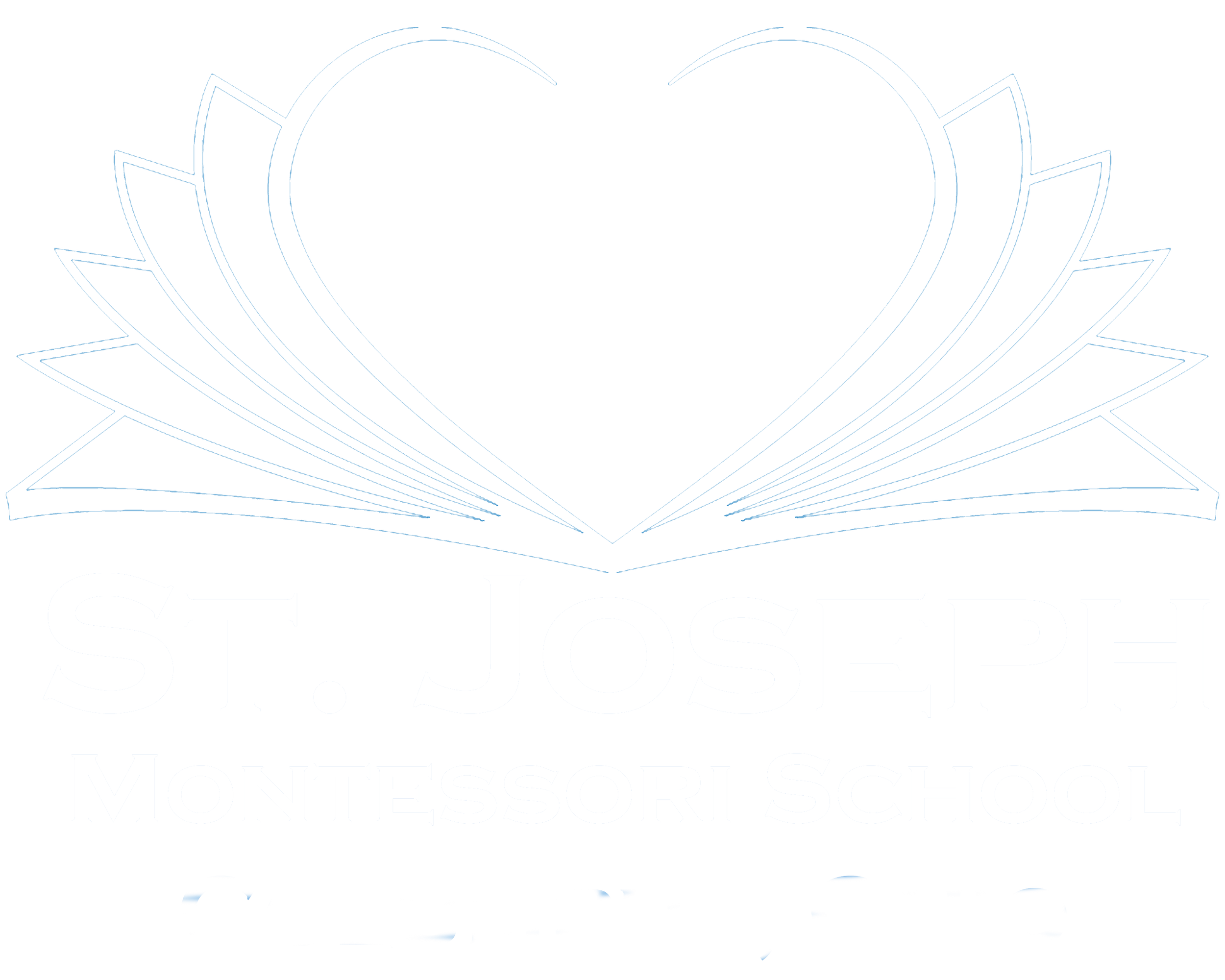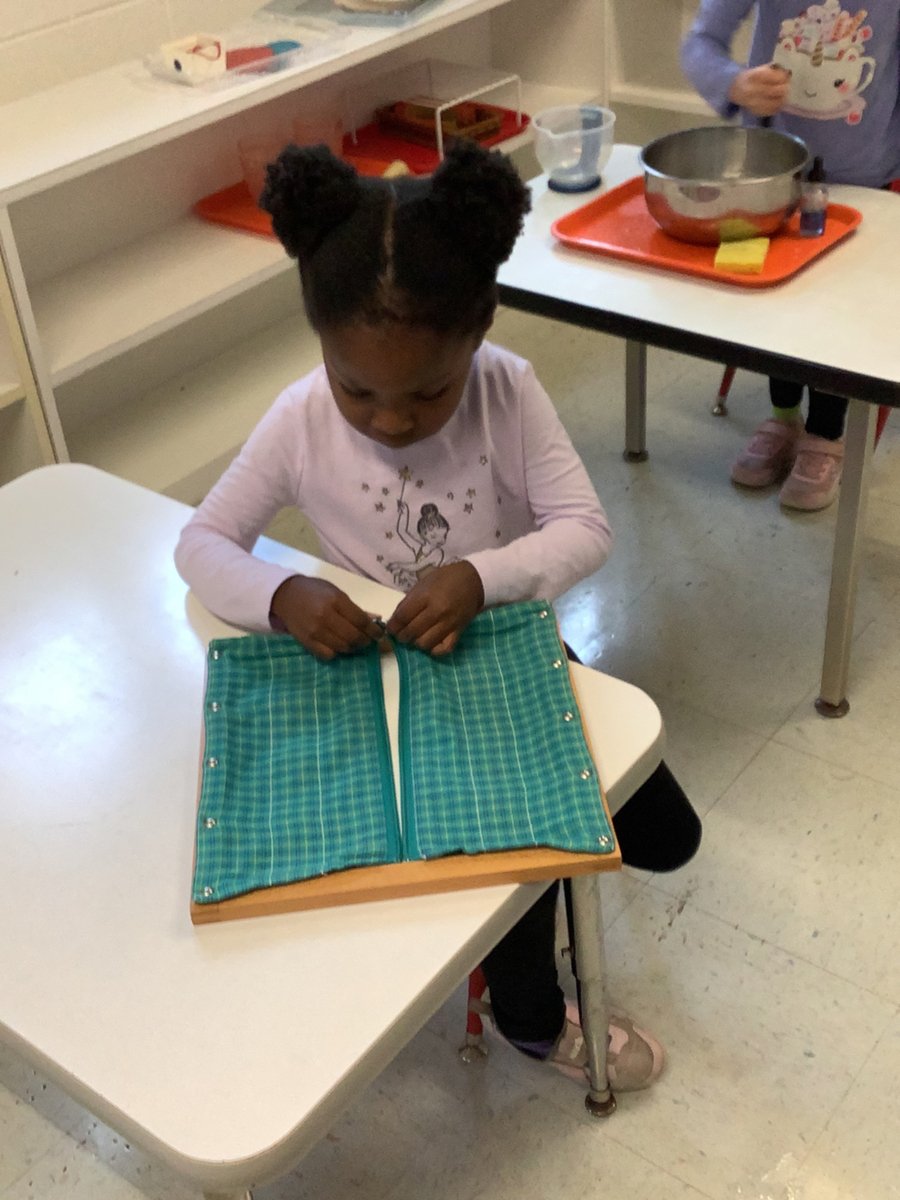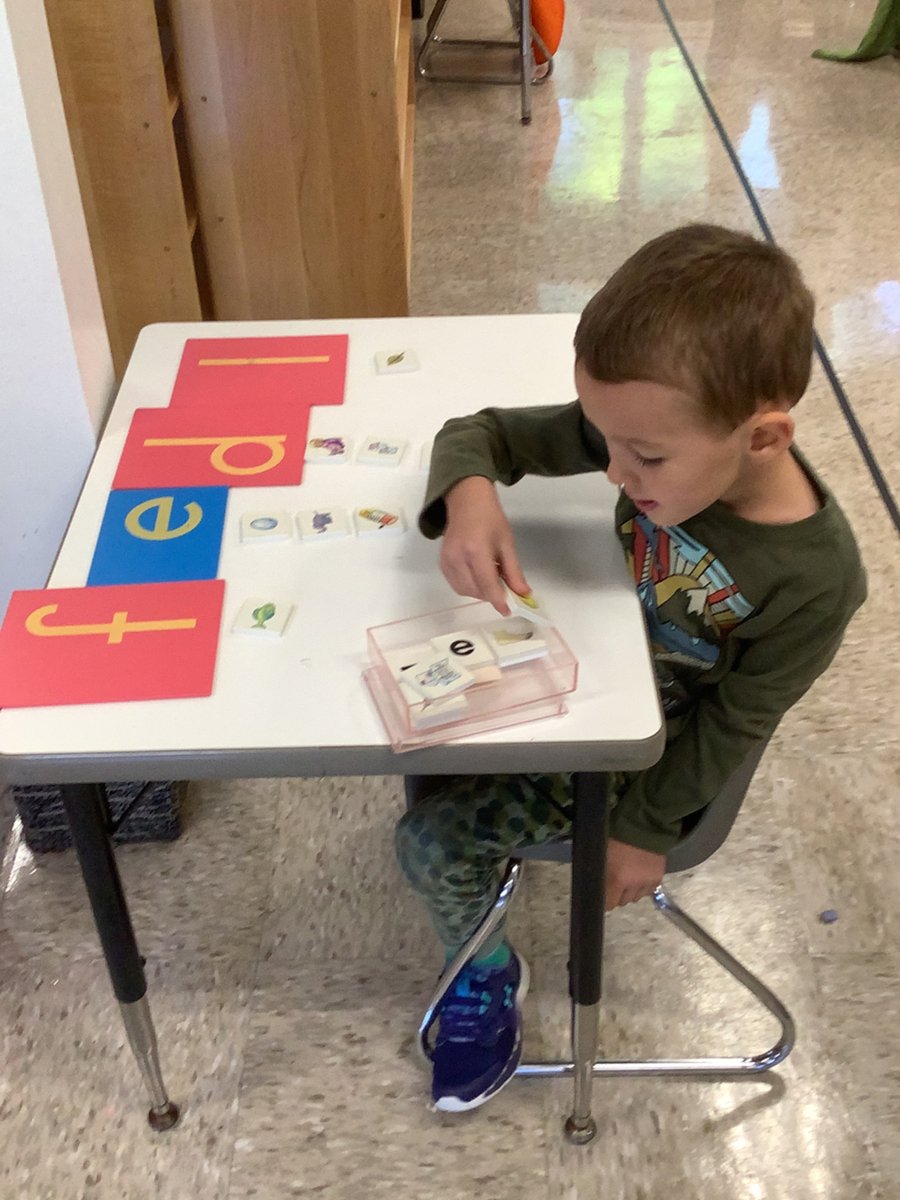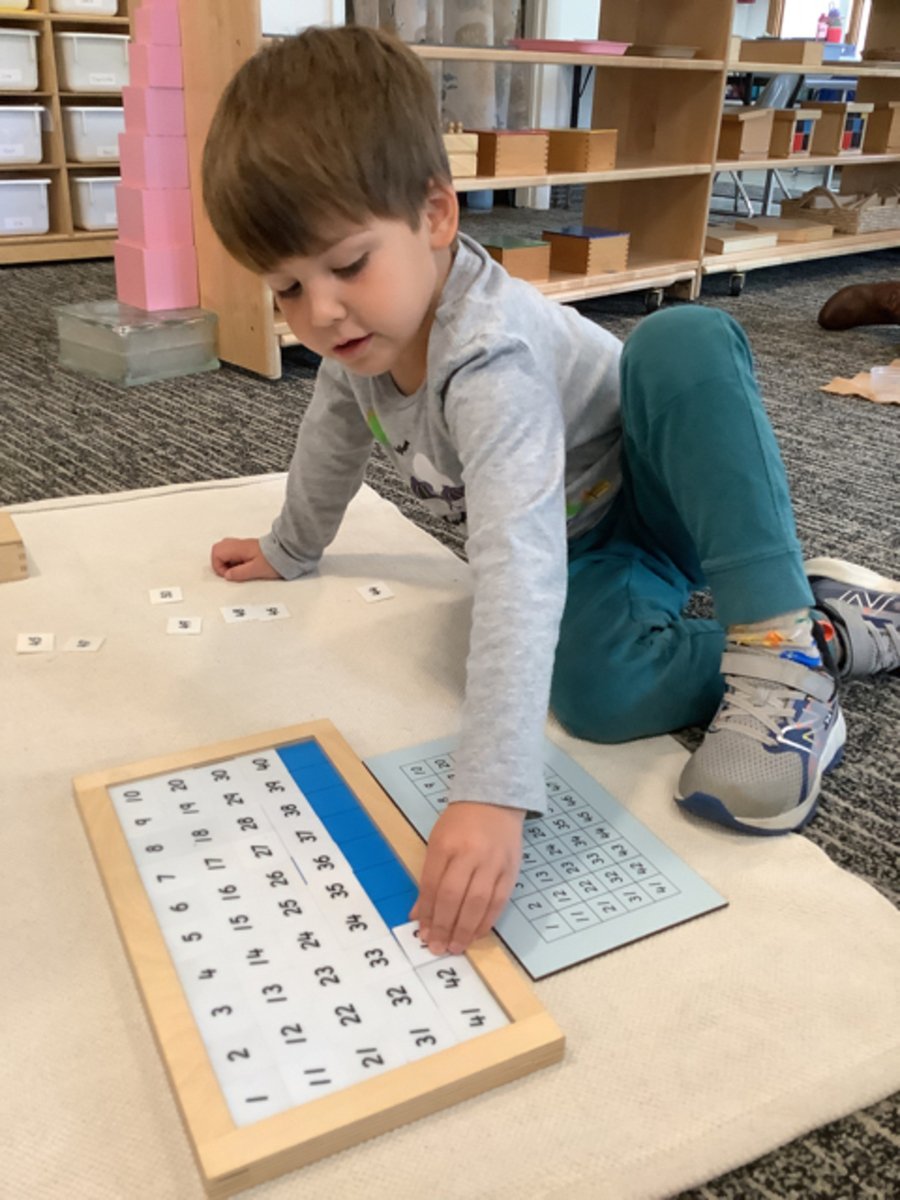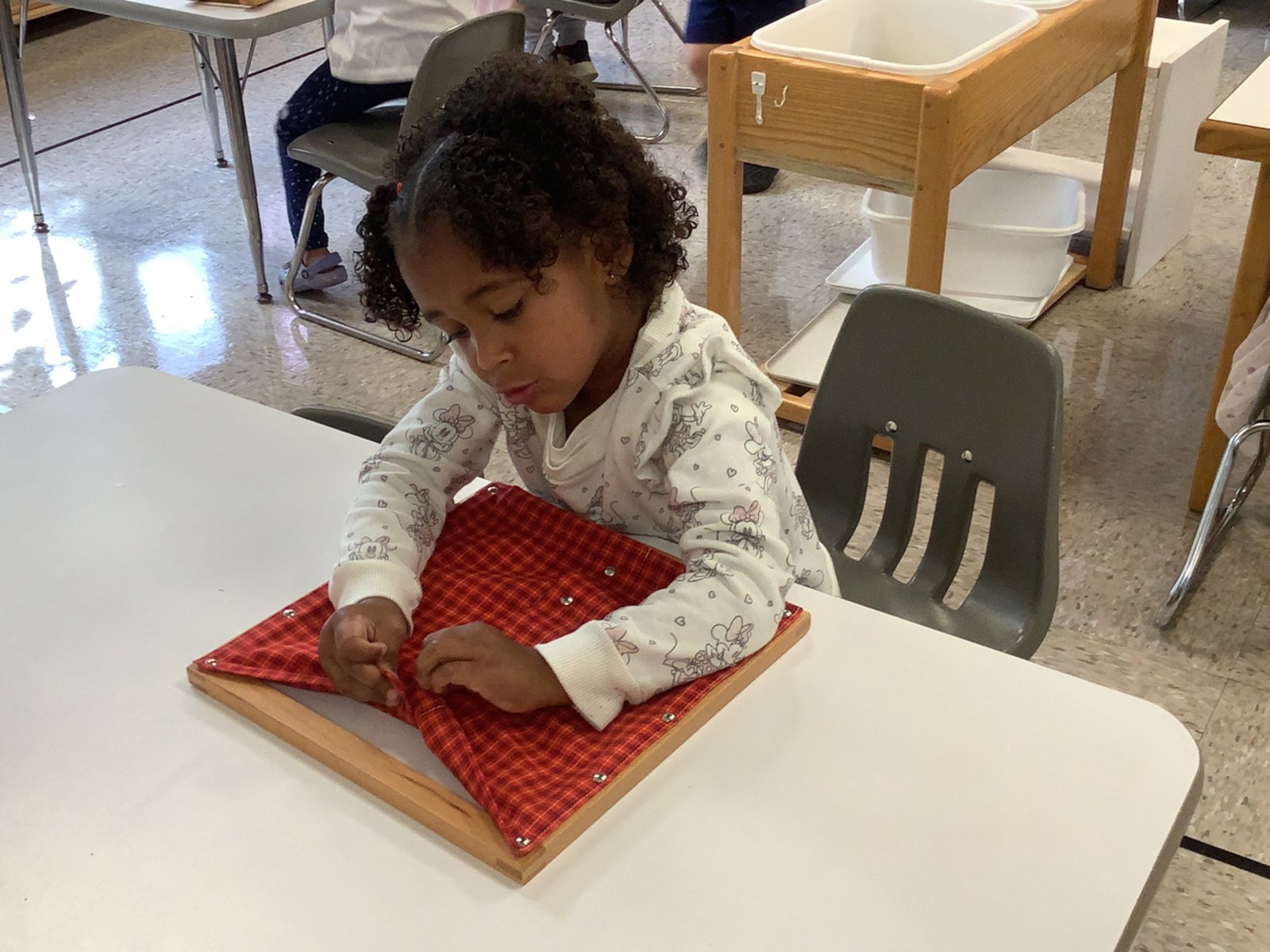Children’s House
Early Childhood, or Children’s House, students learn in multi-age settings of 3 to 6-year-old children. Our environments are filled with scientifically designed manipulatives that engage young learners. These Montessori materials ease students into practical life, beginning reading, mathematics, sustained concentration, sense of order, independence, and further refine motor skills. These language rich environments also develop oral communication skills, define and refine the senses through the use of the Sensorial area, and develop fine motor/pre-writing skills. Students are also exposed to cultural studies, a foreign language, science, music, art, physical education, and beginning library skills. Students learn individually and in small groups.
(Children’s House is the Montessori alternative to preschool through Kindergarten)
Practical Life
Practical Life is divided into 4 categories: Care of Self, Care of the Environment, Concentration & Coordination and Social Graces. For these exercises we use familiar objects – buttons, brushes, dishes, pitchers, water and many other things which the child recognizes from her home experience. Practical Life is a very important part of the Montessori program. They are everyday life skills that children learn in order to function in society. These activities satisfy the need for imitation, and help develop coordination. They enable children to expand their attention span and develop concentration essential for all academic learning to manifest independence, self-confidence, and self-awareness develop steadily through the use of materials for: caring for oneself and the environment, social skills of grace and courtesy, and control and refinement of movement. Each task helps the child to perfect her coordination so that she will be able to work later with the more intricate academic materials. No learning takes place without concentration and attention which these exercises help develop. These delightful activities will prepare the hand to write and the mind to read. Indirect learning lays the best foundation.
Sensorial Exercises
The materials are designed to organize, classify and categorize impressions that are found in nature. This area works with “materialized abstractions” taking fundamental qualities found in the world and materializing them in concrete form for the child to work with. All the faculties of intelligence are developed through the senses, so exploration of the various sensorial materials varying in dimension, color, shape, texture, smell, and taste build up the child’s intellect. Each of these materials helps the child to distinguish and relate new information to what he already knows. The differences, similarities, and identities enhance the memory, build imagination, and consequently develop appreciation and interpretation of the fine arts.
Language
Language is expression of the spirit of man. It is the most important and powerful of the human tendencies. Language is a creation of man – not an instinct. The power of communication has an act of agreement that certain symbols have certain sounds. In the classroom we give the child keys and he will read and write. But first the child must be interested in sounds before introducing the graphic symbols and to insure this interest we expose the child to conversations, poems, stories, etc. Later, we show him the symbols for those sounds with sandpaper letters and from there he begins to build words with the movable alphabet. Assistance in the overall development of the child will insure the development of language. The Language area includes also what we call “keys to the cultural subjects,” because once the child is versatile in the use of all the above skills, he possesses the necessary tools to explore the world of knowledge. So we include Botany, Zoology, Geography, Art, and Music to expose children to the world and enable them to appreciate the importance and the beauty of nature, the diversity of people and their cultures.
Mathematics
Mathematics should be as natural to man as language. Dr. Montessori designed concrete materials to represent all types of quantities. In a Montessori environment, a child not only sees the symbol for 1, 1000, or ½, he can also hold each of the corresponding quantities in his hand. These are activities by which the child does not learn mathematics, but discovers them; acquiring the necessary skills to calculate in the decimal system and explore moving from concrete experiences to abstraction. Using a step by step approach and concrete materials, the child develops a love of math, simply because he understands.
